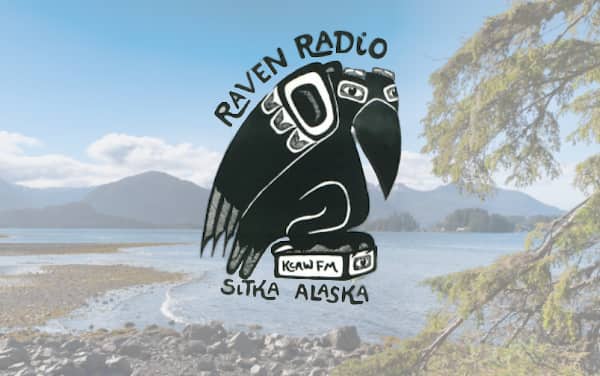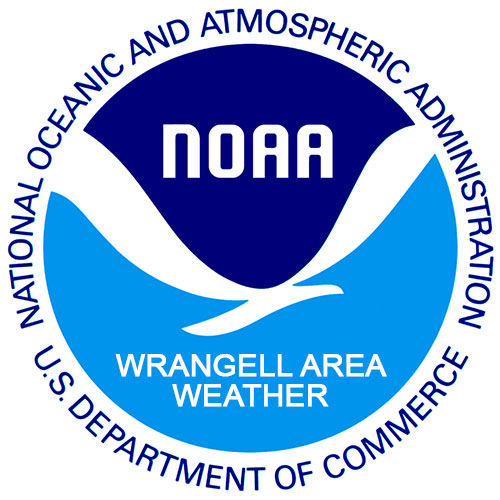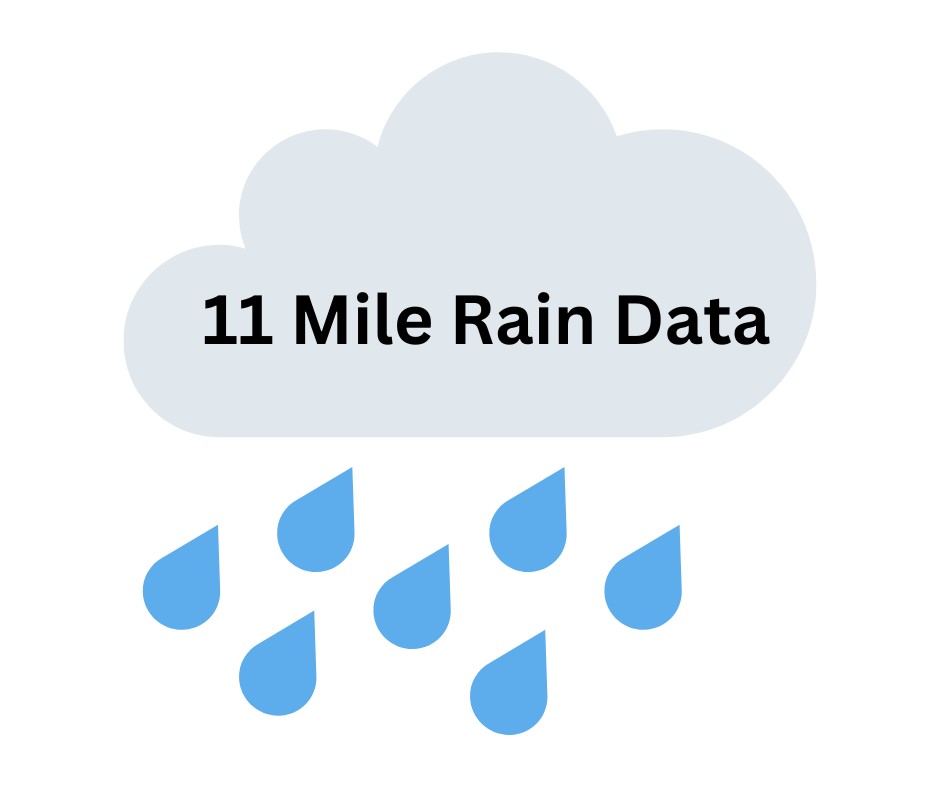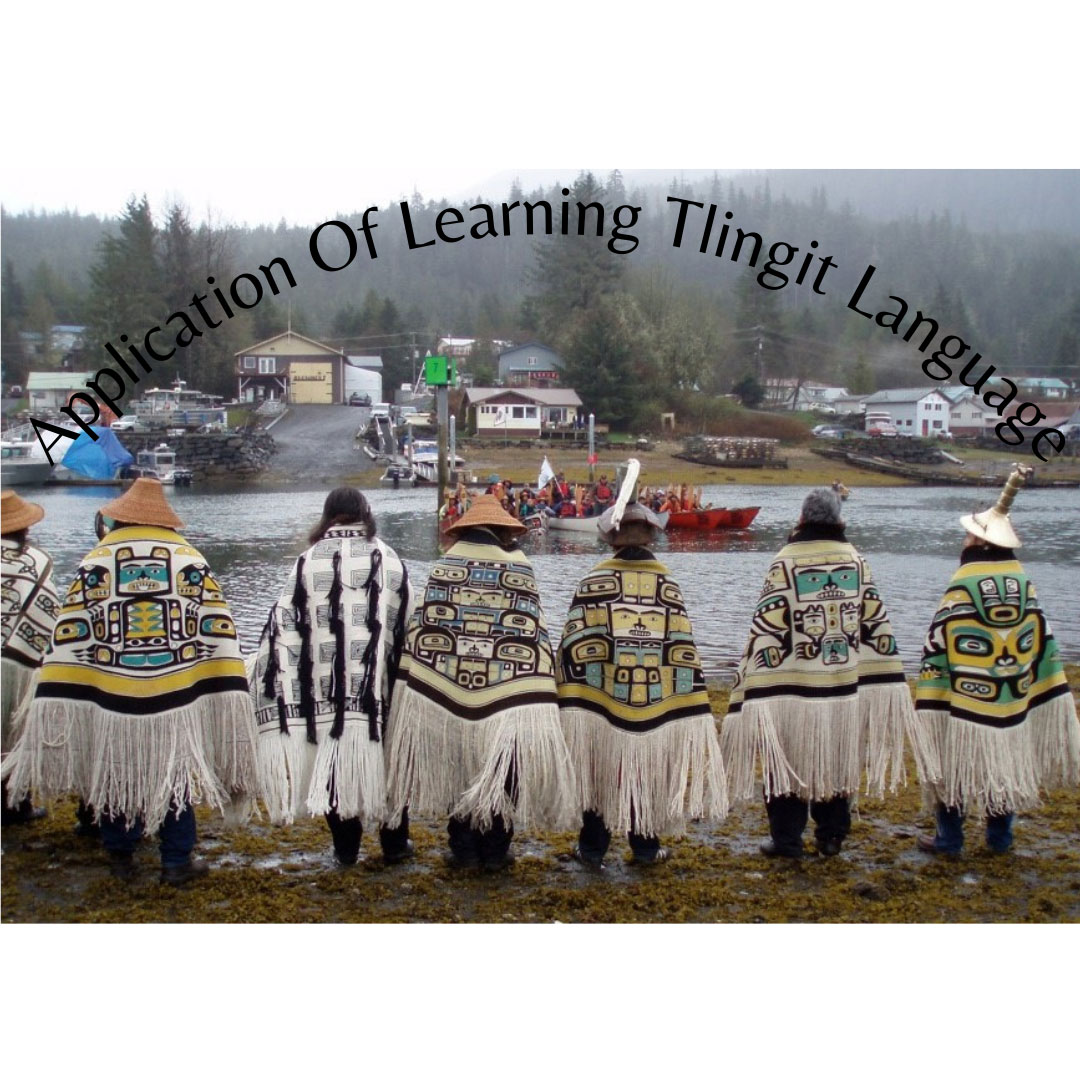Landslide-induced tsunamis are a rare but worrisome phenomenon that has a history in Southeast, Alaska. Perhaps the most infamous happened in Lituya Bay in the 1950s. It generated a massive wave– a “megatsunami” that killed five people. Decades later, in 2015, 180 million tons of rock slid into Icy Bay, about 40 miles northwest of Yakutat, triggering a tsunami over 600 feet tall. No one was injured, but the event raised concerns for community members like Melenda Lekanof.
“At that time, I was working with Native allotments, and we have quite a few Native allotments, we have lodges up there,” Lekanof said. “But we don’t really have any kind of rescue agencies or anything that could reach that, other than Coast Guard. So that was kind of a big concern for me.”
Lekanof has always been curious about the land and concerned about safety, something instilled in her by her elders.
“I was raised by my grandmother, and a lot of them talk about the old times, and things that we need to look out for,” Lekanof said. “Whatever happens below us from Southeast Alaska will soon catch up with us. Even though we’re covered by glaciers, and we’re refrigerated in our temperatures, and everything is changing, and our lands are changing and shifting. And so just keeping an eye on that, and looking at the safety, has always been kind of a passion of mine.”
When Lekanof moved back home to Yakutat several years ago, she began to keep tabs on nearby earthquakes. She was often in a helicopter for her day job, and would observe landslides from the sky. She realized the two could be connected, and began working with researchers to monitor the slides.
Lekanof is using her connections to help a project called Ḵutí, which is a Lingít word for weather. The 5-year grant project, funded by the National Science Foundation, is researching geohazards like landslides caused by extreme precipitation events, in six communities across Southeast, including Yakutat.
Luka Silva manages Ḵutí for the Sitka Sound Science Center.
“What the project really was focused on was working with local tribal governments in each of those communities to get a sense of what research concerns and interests there were for those communities and for those tribes, and how we would be able to support them as a group of scientists,” Silva said.
Silva said the group first traveled to Yakutat last fall to meet with community members, and landslide-induced tsunamis were a high priority in those conversations. Silva says landslides like the one that created a tsunami in Icy Bay are different from the slides most Southeast communities are familiar with.
“Truly these huge chunks of rock and Earth from mountains are falling due to a wide variety of reasons and factors, but these are truly, I mean, pieces of mountains that are sloughing off off of them,” Silva said. “Because of the geography of Southeast, the geography of Yakutat, these slopes that we are concerned about could slough right into these large basins of water, and create these huge waves in a way that is mechanically different from how shallow-seated landslides work.”
So the Ḵutí project got to work, and with the support of Arctic T-Slip brought together a group of visiting experts and researchers, scientists from the Yakutat Tlingit Tribe, and community members, where they could share ideas and make plans for how to address the issue.
The group met for a two-day conference this October. On the first day, they discussed where the science is–what’s known and what isn’t– about landslide-induced tsunamis. On the second day, they discussed the next steps for ways to mitigate the risks. And landslides weren’t the only geohazard that came up- for years Lekanof says the nearby Anklin estuary has been eroding, slowly moving towards town.
“And this has been years, over 40 years,” Lekanof said. “We can’t stop it. You know, the only thing we could do is monitor it. But in the meantime, it’s taken down trees, just so many acres of trees that are just falling over and into the water as the water migrates and the sand is moving.”
Luka said while the slides and erosion seem like distinct events, that’s not really the case.
“That’s not really the way that a lot of people who live in Yakutat are seeing them as well, and seeing the topic of geohazards, the topic of changing landscapes, and how these landscapes are interacting and impacting the community,” Silva said.
Lekanof said it was great to get folks in the same room, and on the same page.
“I think the Ḵutí brought in, not only about concerns about landslides, but concerns about what is going on in our community, and to be able to give a safe space, an open space for all of our agencies plus experts, to be able to talk with us about, realistically, what’s what’s happening,” Lekanof said. “And so now we’re working together on trying to monitor it, [and] come up with a plan.”
She said they’ll develop a community safety plan and a monitoring and alert system – finding the money for that project is next. Silva said the Ḵutí group, along with the National Science Foundation funded Arctic T-Slip, intends to help Yakutat Tlingit Tribe and other community agencies secure funding to pursue the additional research, which they hope will lead to a safer community.












